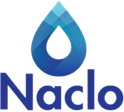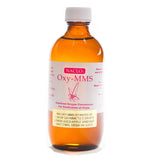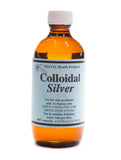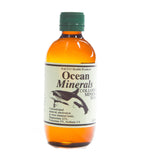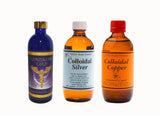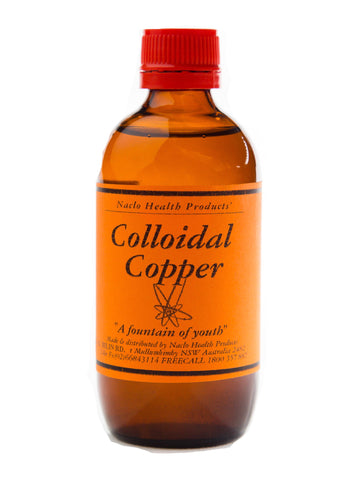
Original 99.99% Pure Colloidal Copper 80PPM Mineral Concentrate Ionic
• No Side effect
• No Harmful
• No Preservatives
• No Additives
• No Fillers
• No Enhancements
• No Hidden Elements
• No Extra Ingredients
The benefits of Colloidal Copper Improvements
• Restores bodys copper levels
• Hair & Skin Colour
• Healthy Nerves
• Red Blood Cells
• Copper helps the body absorb and utilize vitamin C, anti – aging properties,
• helps to keep the skin elasticity, helps keep original hair colour.
No therapeutic claims are made and no medical advice is offered. If you have a health problem, we recommend seeking medical advice from your qualified health professional. This information is strictly a source of general information and is not intended for use as a tool for self-diagnosis
We Also Recommend
